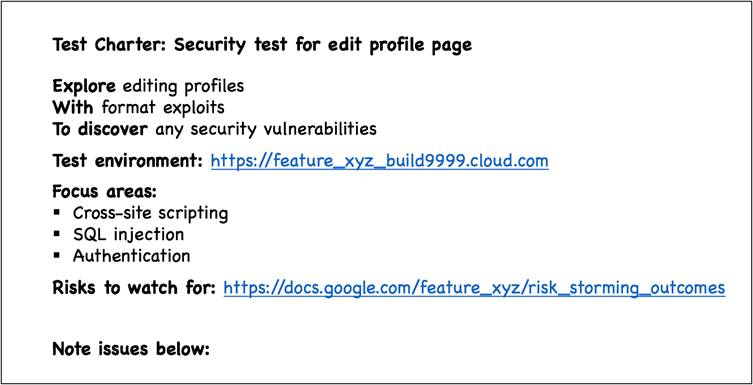In our Holistic Testing courses, we talk a lot about the importance of collaboration. If your organization has more of a solo work culture, it can be hard to encourage more collaborative practices such as pairing and working in an ensemble (the newer, gentler name for “mobbing”, which is also called “teaming” nowadays). Let’s look at more ways we can get team members working together, more often.
Exploring a feature together in an ensemble format is a great way to spot those hard-to-find issues and learn what might be missing. In an ensemble, people rotate through the roles of navigator and driver, with the navigator telling the driver what to type, and everyone in the ensemble is free to contribute their ideas. A short time box is set, and roles rotate at the end of each one.

The first time you try something new like ensemble testing (or even pairing), it will feel awkward and contrived. The key to getting better at it is deliberate practice. Start small, perhaps with only three people, and rotate, each getting familiar with the roles. Practice what it feels like. The more you practice, the more comfortable you’ll be. At that point you know the benefits and can share what you’ve learned and can expand it to include others.
In various organizations where she worked, Lisa and her fellow testers/quality engineers hosted a weekly ensemble testing session, open to anyone who wanted to join. Sometimes these were focused 30-minute sessions, sometimes an hour or 90 minutes for deeper exploration. Programmers on all the feature teams were invited to book a session to have the group explore their latest new features.
One way to organize these sessions is to have at least one programmer from the feature team join in to answer questions and benefit from the quick feedback. The programmer and the quality engineer who is facilitating the session, collaborate to prepare a test charter in advance. This charter guides the ensemble on what to test and provides links to the build that is to be tested.

During the session, each driver shares their screen so the others can follow along. These sessions have proven so useful that additional sessions were scheduled and some engineering teams organized their own ensemble testing sessions.
Another ensemble testing technique Lisa’s teams have used is a similar format, aimed at acceptance testing stories. As soon as a team had several stories “finished”, they scheduled a 30-minute ensemble testing session that included the product owner, the designer, a tester, the programmers who worked on the stories, and someone from customer support. Rather than switch roles on a time schedule, they switched for each story. Any questions, whether related to design, functionality, or impact on customers, someone in the session was able to answer.
Ensemble testing brings many advantages. People with different specialized skills working together in this type of group format can overcome unconscious biases and blind spots and achieve more in a short amount of time than if they worked individually. The obvious benefits encourage everyone to be more willing to collaborate real-time in pairs or groups. So, if you are feeling timid to bring this idea up with your team, practice deliberately to understand how, and then you will be more confident to bring this powerful technique to your team.